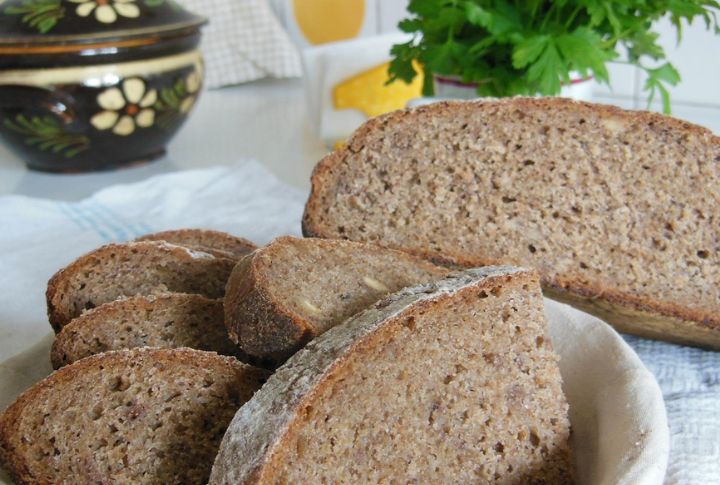
Brown bread has a reputation for being the “good” choice, but its appearance can be misleading. Some loaves don’t live up to the label, sneaking in ingredients that cancel out the benefits. Let’s break down what to watch out for before exploring better breads worth making room for on your plate.
Can Be High In Sodium

Certain brown bread varieties have high sodium levels due to preservatives and yeast. Elevated sodium intake is one of the key risk factors for high blood pressure and heart-related conditions. Some brands contain over 200 mg of sodium per slice, so checking nutrition labels is important.
It Isn’t Always Whole Grain

Some brown breads are made with refined white flour and darkened with molasses or caramel coloring to mimic a healthier look. To ensure you’re getting real whole grains, check that the first ingredient is labeled “whole” — like whole wheat, whole oats, or whole rye — rather than just “wheat flour” or enriched flour.
The Sugar Content May Surprise You
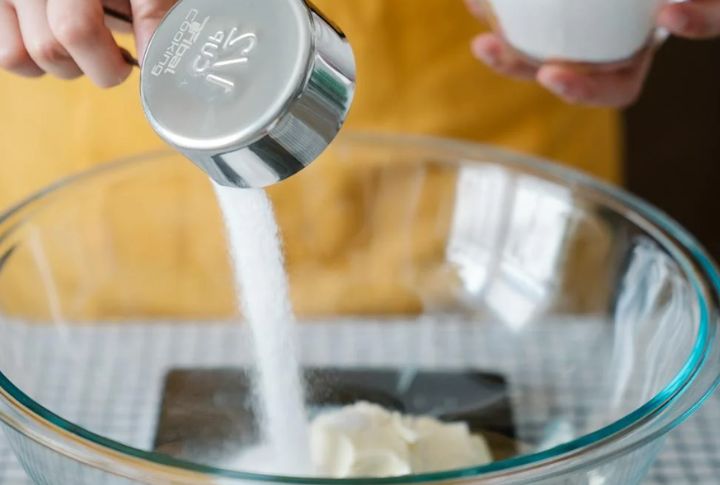
Many commercially produced brown breads contain added sugars, which increase calorie content without offering significant nutritional value. Some varieties have up to 5 grams of sugar per slice — enough to affect glycemic load and complicate blood sugar management, especially for individuals with insulin resistance or diabetes.
Not All Brown Bread Is Gluten-Free
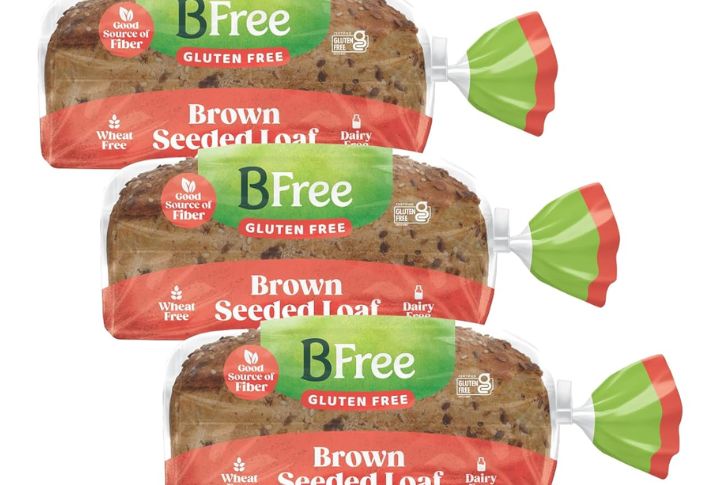
Although brown bread is often assumed to be gluten-free, most varieties are made with wheat flour and contain gluten, which is bad because even a minor gluten exposure can still cause major issues, including digestive upset and inflammation, in those with gluten intolerance. Always look for a certified gluten-free label to ensure safety.
May Contain Unnecessary Additives
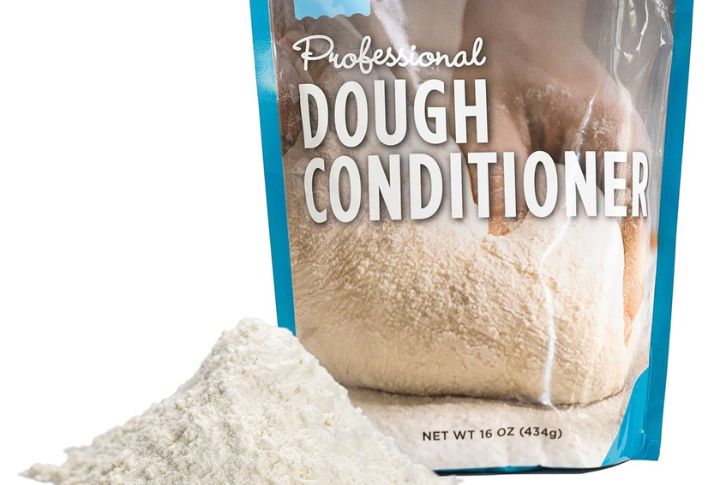
Some brown breads include additives like dough conditioners and synthetic preservatives to improve shelf life. While safe in small amounts, these ingredients don’t contribute nutritional value and may cause bloating or irritation. Fewer ingredients usually mean a cleaner, more wholesome product.
Now that we know why brown bread might not be as healthy as we think, let’s explore better options you can enjoy.
Whole Wheat Bread
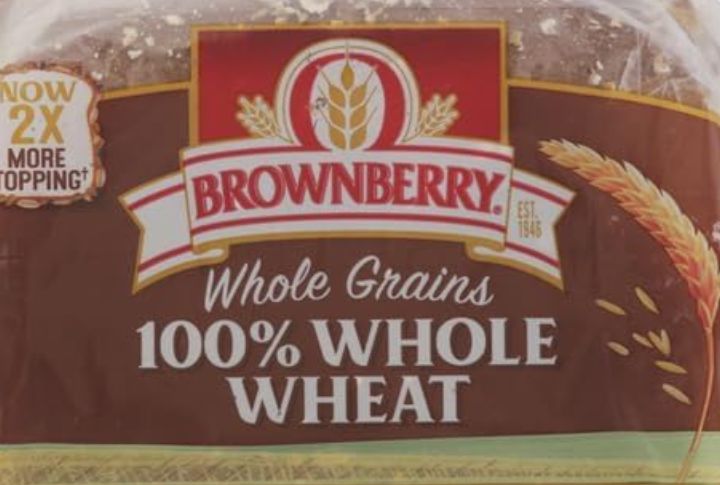
Whole wheat bread stands out nutritionally because it includes all three parts of the wheat grain—bran, germ, and endosperm. The germ is the nutrient-rich core of the grain, packed with B vitamins, antioxidants, and healthy fats. Combined, these parts offer more fiber, protein, and micronutrients than refined breads.
Sprouted Grain Bread
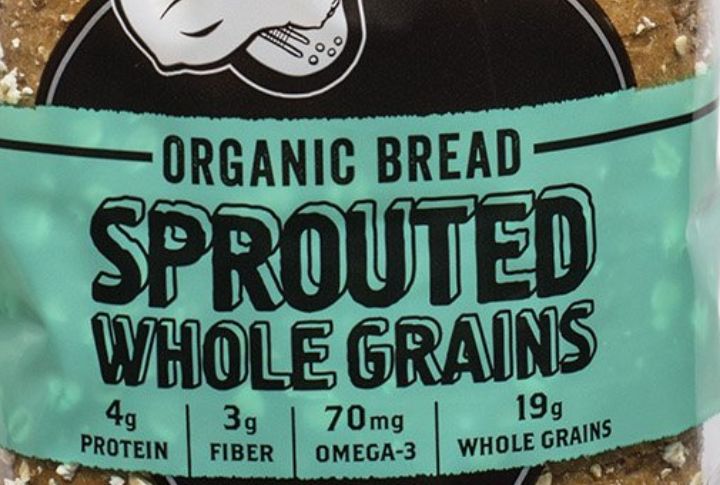
This type of bread is made from whole grains that have just begun to sprout, which may enhance nutrient absorption. Sprouted grain bread is also typically easier to digest than standard brown bread, especially for people with mild gluten sensitivity or those who struggle with bloating after eating traditional bread.
Rye Bread
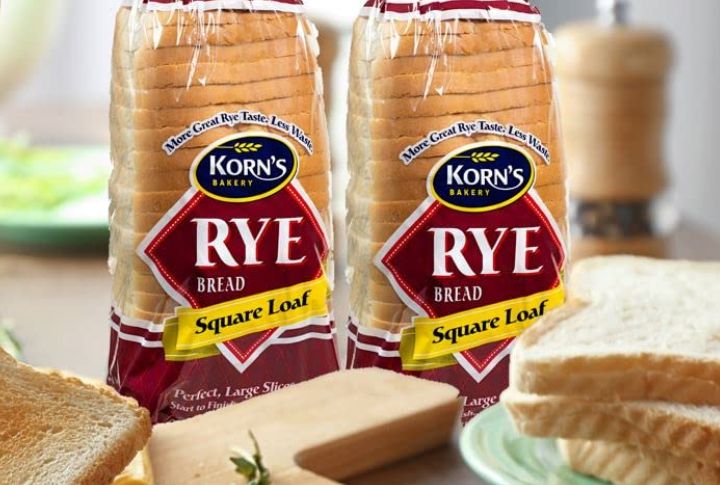
Rye bread contains higher levels of soluble fiber and ferulic acid than wheat varieties. Sourced from whole or cracked rye kernels, its complex carbohydrates metabolize more slowly. The dense structure and mildly sour flavor profile also make it ideal for sustaining satiety throughout the day.
Ezekiel Bread
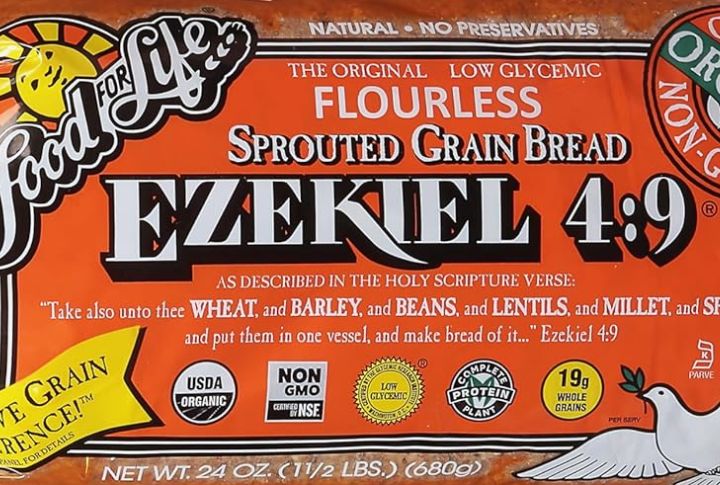
Protein-packed and nutrient-rich, Ezekiel bread uses sprouted grains and legumes to deliver B vitamins, iron, zinc, and magnesium in every slice. It’s a no-nonsense option for clean eaters, athletes, or anyone chasing more nutrition from their carbs without sacrificing flavor or relying on ultra-processed alternatives.
Sourdough
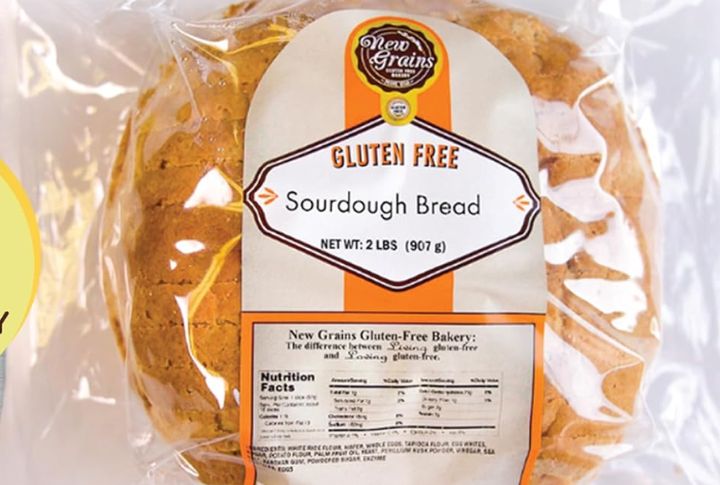
Sourdough offers more than just great flavor. Its natural fermentation process produces beneficial bacteria that help break down gluten. The resulting breakdown makes it easier for many people to digest while also supporting gut health with every bite. This process also lowers the bread’s glycemic index, reducing blood sugar spikes.
Leave a comment